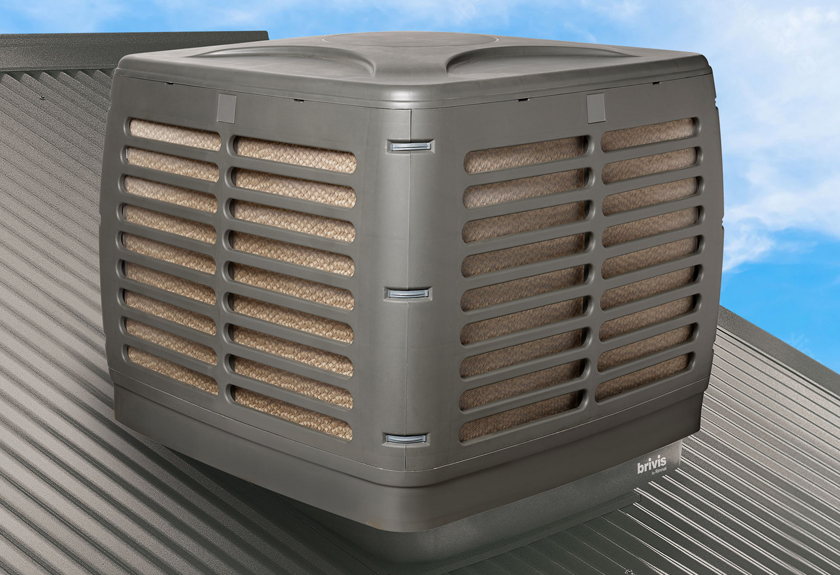Video transcript:
That’s a great question and it really depends on where you live and how you live in the house.
If it’s really really hot, reverse cycle just will not be able to get… it won’t be able to run for long enough to continually cycle that air down to get to a temperature that you’re really comfortable in or what you’re trying to achieve, it’ll make it relatively comfortable but it really won’t… it you doesn’t matter what you punch into your controller if you’re trying to get to 19 degrees it just won’t get there.
Evaporative cooling won’t work with really high humidity, so in the tropics you’ll never see an evaporative cooler in Cairns. You really won’t said too much along the coast, but you’ll see it in hot dry areas like Canberra, Melbourne, South Australia and Perth.
If you think of reverse cycle air-conditioning it’s very similar to a fridge, it’s cooling the air down and continually cycling that air down to be cooler. The difference is evaporative cooling that’s all about relative humidity and about a cooling effect so you’re increasing the humidity in the air when it’s hot and dry and you’re creating a cooling effect in the home and allowing that air to pass in and blow the hot air out of the house.
So, it really depends on where you live. If you’re in Canberra or Melbourne and it’s 44 degrees and it’s really dry, evaporative cooling will work fantastically and give you a really nice cooling effect in the home. If you’re in Sydney and it’s 36 degrees and eighty percent humidity you’re not going to get a cooling effect from increasing the humidity so in that instance reverse cycle will give you a better result. But if you’re in a hot dry climate west of the divide then evaporative cooling is going to give you a better result.
So, it really depends on where you live and how you live in your home.
